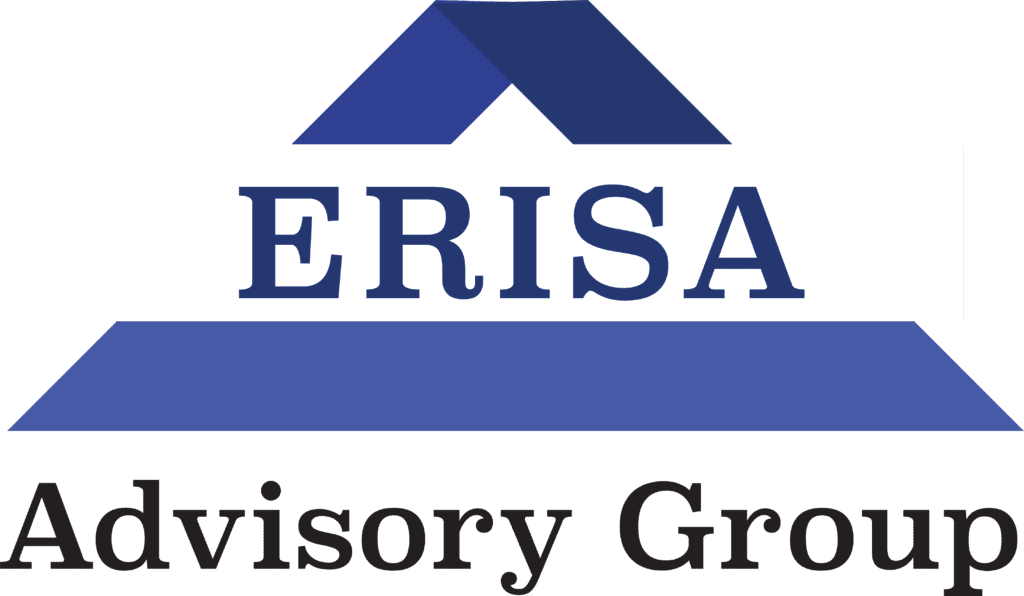Two recent cases highlight the need for plan sponsors and fiduciaries to carefully review the forfeiture provisions in their defined contribution plan documents. These cases involve Nordstrom and HP, and they underscore the importance of ensuring that plan forfeitures are handled in compliance with ERISA.
Nordstrom Case
Nordstrom faces allegations of failing to prudently and loyally ensure that plan expenses are reasonable and not excessive. The case also accuses Nordstrom of engaging in self-dealing, which is prohibited under ERISA. Specifically, the lawsuit asserts that Nordstrom used plan forfeitures to relieve the company of obligations to the plan rather than offsetting plan administration costs. Forfeitures typically arise when an employee’s matching and/or profit-sharing contributions do not vest before their service with the company ends.
HP Case
Similar to the Nordstrom case, HP is also accused of mishandling plan forfeitures. The lawsuit alleges that HP used these forfeitures improperly, potentially benefiting the company at the expense of plan participants. This misuse of plan forfeitures could constitute a breach of fiduciary duty under ERISA, exposing the company to significant legal liabilities.
Best Practices for Handling Plan Forfeitures
While ERISA permits that forfeitures can be used for certain items, it is crucial for plan sponsors to clearly state how forfeitures will be used within the plan structure. The Plan document and Summary Plan Description (SPD) should explicitly detail the permissible uses of forfeitures. To avoid legal challenges and ensure compliance, consider the following best practices:
- Review Plan Documents: Regularly review and update plan documents to ensure that forfeiture provisions are clearly defined and in compliance with current regulations.
- Transparent Communication: Ensure that the SPD and other participant communications clearly explain how forfeitures will be used.
- Proper Use of Forfeitures: Use forfeitures only for permissible purposes, such as reducing plan expenses or reallocating to remaining participants’ accounts, as allowed by the plan terms and regulations.
- Regular Audits: Conduct regular audits to verify that forfeitures are being used appropriately and in accordance with the plan documents and applicable laws.
- Fiduciary Training: Provide ongoing training for fiduciaries to ensure they understand their responsibilities and the legal requirements related to plan forfeitures.
By adhering to these best practices, plan sponsors and fiduciaries can mitigate the risk of litigation and ensure that they are fulfilling their fiduciary duties under ERISA.
For more detailed information and assistance with fiduciary compliance, consider consulting with experts in ERISA and retirement plan management.
With 29 years of expertise in ERISA compliance, the ERISA Advisory Group can provide you with the information that you need to stay in compliance with ERISA. We invite you to reach out and let us share our knowledge and experiences with you.
